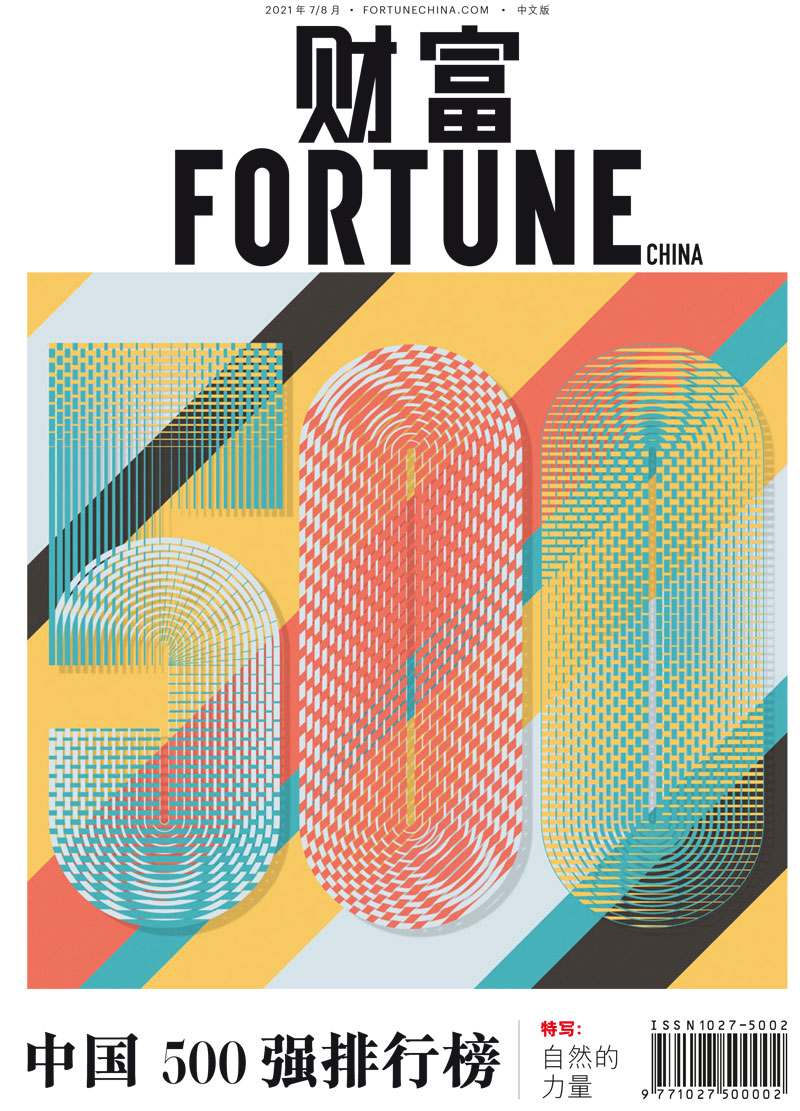Innovation: Getting beyond the breakthrough
By Stephanie N. Mehta
Corporations need to stop looking for the silver bullet –and to start listening to outsiders.
New research by the Deloitte Center for the Edge, part of tax and consulting firm Deloitte, paints an ominous picture: The return on assets for U.S. firms has fallen to almost a quarter of 1965 levels despite continued improvements in labor productivity.
And according to John Hagel III, co-chair of the center and one of the study's authors, the declines are taking place in all sectors of business — not just in maturing corporations. "The bottom line," he tells Fortune, "is that in every industry there has been erosion of return on assets."
Hagel and his fellow researchers are in the process of writing a follow-up study that will offer some detailed prescriptions for reversing the trend, but he shared some early insights with us. Two of his observations in particular stood out: 1) He says corporations need to move away from the idea of breakthrough innovation and 2) companies need to find a way to harness new kinds of information flows.
Hagel contends that U.S. companies' innovation efforts tend to focus on home runs — big, honking inventions that can, out of the gate, produce hundreds of millions of dollars in revenue and transform entire industries. In other words, products such as Apple's iPod.
But Hagel is fond of pointing out that even the iPod wasn't exactly an overnight breakthrough for Apple. Rather, he notes, the device has its roots in a company called PortalPlayer, which had been developing an operating system for digital music players for several years before it ultimately teamed with Apple on the iPod.
He offers one explanation for the home-run oriented mindset: 20th century corporations have operating and cost structures that need their products and innovations to succeed at a large scale, and so there's great pressure to produce big breakthroughs.
But Hagel feels a shift to high-velocity but smaller breakthroughs may ultimately produce the same result: "We tend to underestimate the value of rapid, incremental innovations, which actually begin to look like breakthroughs over time," he suggests.
New source of information
Hagel's other prescription — culling information from new and different sources –also calls for a shift in corporate thinking.
Deloitte's study, "The 2009 Shift Index," is actually a look at three different indices that help measure business change. The "flow index" is an effort to capture the value of so-called knowledge flows – information flowing into and out of the organization.
Hagel maintains that companies tend to be focused on internal and adjacent flows: information from within their organization, and knowledge gleaned from those closest to the company, such as suppliers and customers.
But to stay competitive, U.S. companies are going to have to adopt new ways of gathering information – a big shift that will itself require companies to innovate. For example, companies are simply going to have to figure out what information is valuable to track, and which flows are not helpful, Hagel says.
Hagel has done extensive work with Indian and Chinese organizations, and he believes U.S. executives can learn from the way companies in these emerging markets operate. He points to Chinese conglomerate Li & Fung Group as an example of a company that effectively tracks and applies knowledge from a variety of sources.
One of Li & Fung's businesses is garment manufacturing. Rather than act as an integrated one-stop-shop for its retail customers, Li & Fung uses multiple contractors who come together for certain projects, then disband after the task is completed.
By tapping into its various contractors – including those who aren't currently employed on a job – the company is able to get perhaps a more complete view of the world than competitors who only listen to direct suppliers.
When Li & Fung launched in the 70s, Hagel says, it gleaned knowledge from, say, materials manufacturers, and passed that information on to its apparel designer customers.
Today, Hagel says, companies have to rethink the way they gather information – and from where – in order to tap all the most important direct and indirect sources of information.
But they probably don't need a breakthrough innovation to do it.












